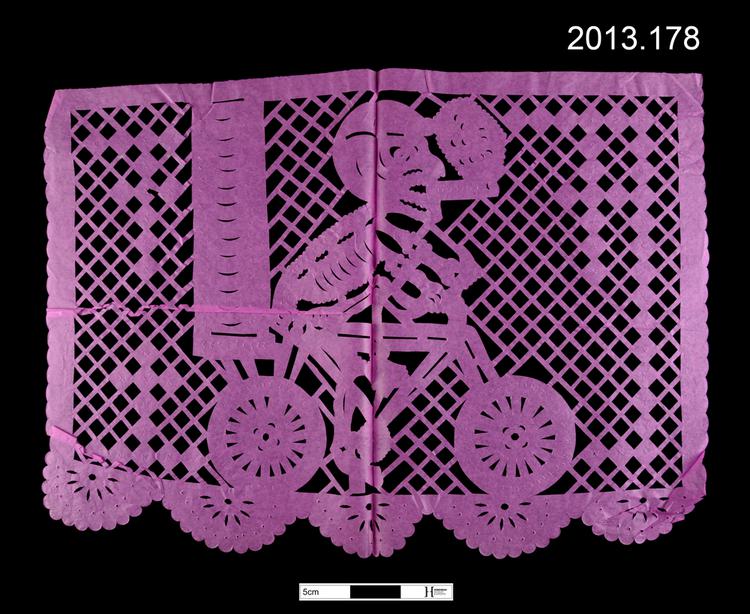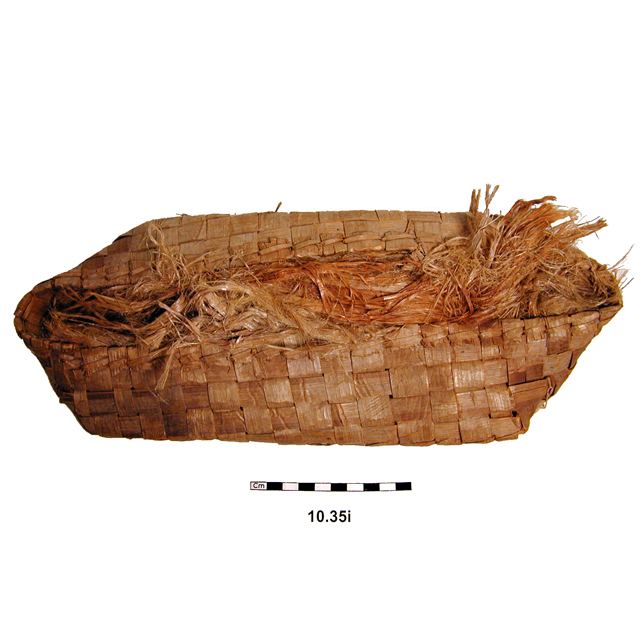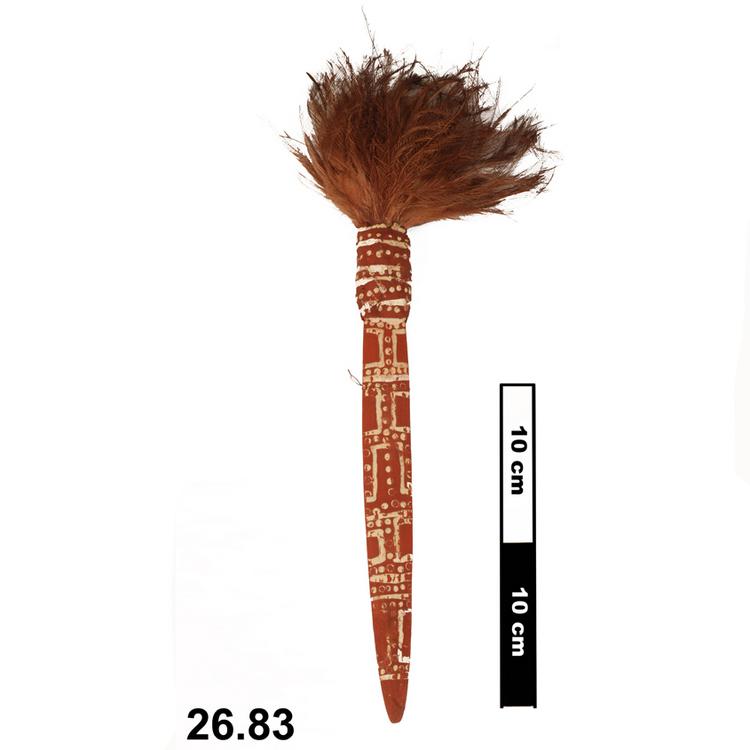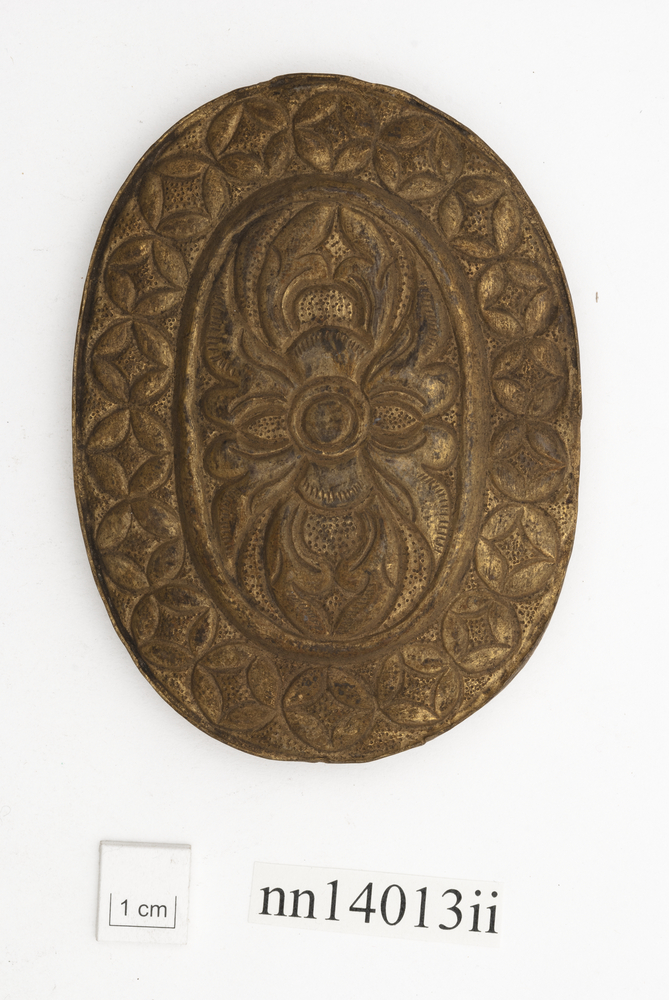My name is Margaret Akinyi Otieno from Kenya. I am an Anthropologist by profession and currently work at the National Museums of Kenya as a research scientist.
I got to know about the Rethinking Relationships and Building Trust in African Collections project through a colleague who is also part of another interesting project, the International Inventories Programme. The programme is an international database project that investigates a corpus of Kenyan objects held in cultural institutions across the globe.
Having shared previous conversations around the need to repatriate most, if not all, of African objects that were looted, and having followed the IIP conversations in Kenya, he knew for sure that I was going to be interested in this project. Indeed, I have loved being part of this project’s community researchers.
Seeing many cultural objects that tell very rich stories, but some of which aren’t told as should, gave me the drive to dig deeper and find out more.
Who made them and what were the processes involved? Who used them and for what?
What were the likely circumstance of their acquisition, and if they are still available and of use in the local communities?
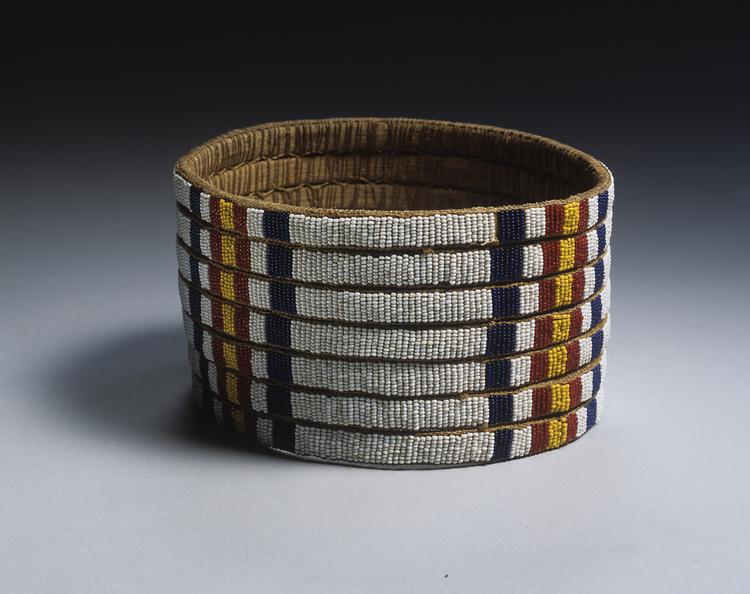
headdress (head ornament)
Anthropology
Museums are institutions whose main role is the preservation of culture.
They play a very vital role in enriching the educational process by exposing the public to their history in a positive way; assisting future generations to understand and appreciate their history and culture, and take pride in the achievements of their forebearers.
It is therefore important that they have their records right, and tell the actual or near-real stories of the cultural objects as known and appreciated by the communities they hold meaning to.
I’m glad that the four museums in this project – the Horniman, Pitt Rivers, Museum of Anthropology and Archaeology (MAA) and World Museum, Liverpool – identified the gaps with these objects and reached out to community researchers through this project. We hope that what we collected during the research period will be able to build on what these museums have, and the objects will have their stories told.
As interesting as it was building the information on these objects, some of us experienced a special kind of sadness; one that comes with the knowledge that very few people within our circle are able to identify and tell more about the objects shared.
Sadder still is the fact that most of these objects are missing in our local museums.
I know we are having the conversation around the repatriation of some of our African collections, especially those that are sacred and whose circumstance of acquisition is questionable, but I’d love it even more if we were to have an online platform where these objects can be shared and can be accessed by anyone at any time.
This way, for instance, my mum who had forgotten about our ligisa (traditional luo headdress for women) will be able to see it and remember the stories surrounding it: stories that she would definitely share with us and her grandchildren thus helping in preserving our culture.
The National Museums of Kenya has, for instance, partnered with Google Arts and Culture to showcase a digital exhibition, Utamaduni wetu: Meet the people of Kenya through which so much about the diverse Kenyan culture is showcased and can be accessed by anyone, anywhere.
I want to thank the developers of the research toolkit, an invaluable tool that assisted us in navigating through the online collections from the four museums with clear guiding research questions. The only main challenge was building on to the circumstance of acquisition for those objects with missing information on the collectors and year of acquisition.
In conclusion, I’d wish to laud the initiators of this project for working towards ensuring that museum objects tell the stories that they ought to tell, even to communities who know nothing or very little of these diverse cultures. My main interest, however, is if we can all find a way in which these objects will be able to tell these stories to an audience to which they hold meaning.
It would have been more fulfilling if we had an opportunity to go to the field and meet up with informed respondents and cultural custodians. I believe that much more would have been captured but I guess the Covid-19 pandemic came along and made this an impossibility. I have learnt a lot and I have appreciated the richness of our Kenyan cultures. Asante sana JC Niala and the team!
Read more about the Rethinking Relationships project which is working with heritage professionals, community members, researchers, artists and other stakeholders in Kenya, Nigeria and the UK to develop thinking about the future of the collections.



